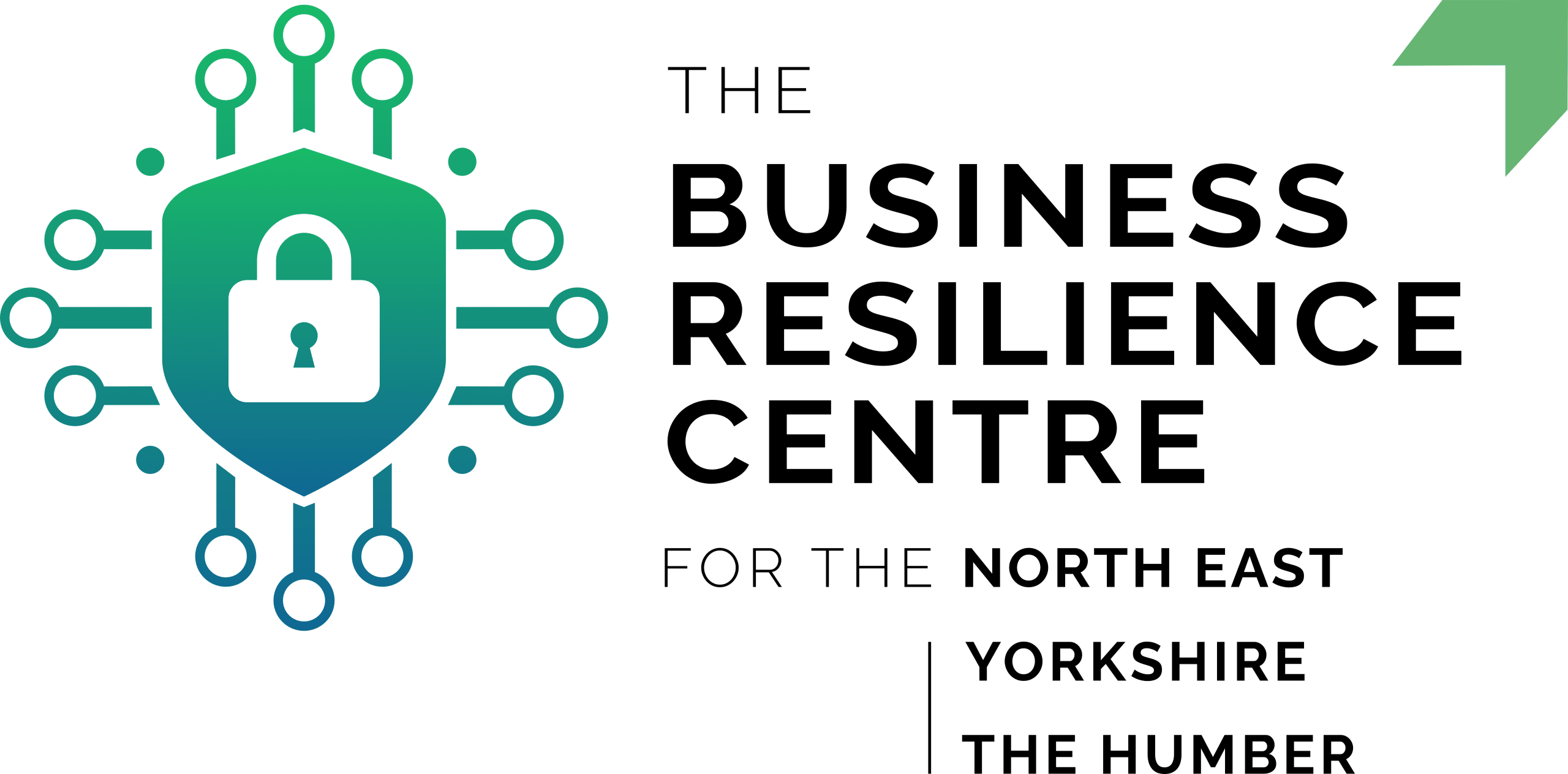As we move into 2025, there are over 16 billion active physical devices such as sensors, appliances, and other objects connected to the internet, that collected, exchange, and act on data – otherwise known as the Internet of Things (IoT). These devices can communicate with each other and be remotely monitored or controlled, making everyday objects “smart” and more efficient. Examples include smart thermostats, wearable fitness trackers, and connected industrial machines. with billions more to be connected in the near future.
While the increasing rise of the IoT creates huge business opportunities they also pose potential cybersecurity risks if they are not securely deployed. Just like your desktop computer, laptop, or mobile phone they can be hacked and compromised – there have even been instances of Smart fridges being hacked to send out millions of phishing emails!
The scale and complexity of cyber-attacks are wide ranging. ‘Off the shelf’ tools mean that less technically proficient criminals are now able to commit cybercrime, and target IoT devices.
Cyber-attacks can be financially devastating and have real impacts upon employee’s mental health. They undermine the economic stability of the UK and cost the UK economy millions of pounds each year.
While organisations may not be able to eliminate the risk of all attacks there are technologies, like blockchain, that can used to secure IoT devices and decentralise them.
To find out more about online security measures for your business please contact [email protected].
To stay informed on the latest updates to the digital landscape, sign up for our free core membership, and gain access to a wealth of handy resources.
The NEBRC is a non-profit organisation that seeks to educate, inform, and support organisations across the UK on how to stay safe online through good cyber security practices.

